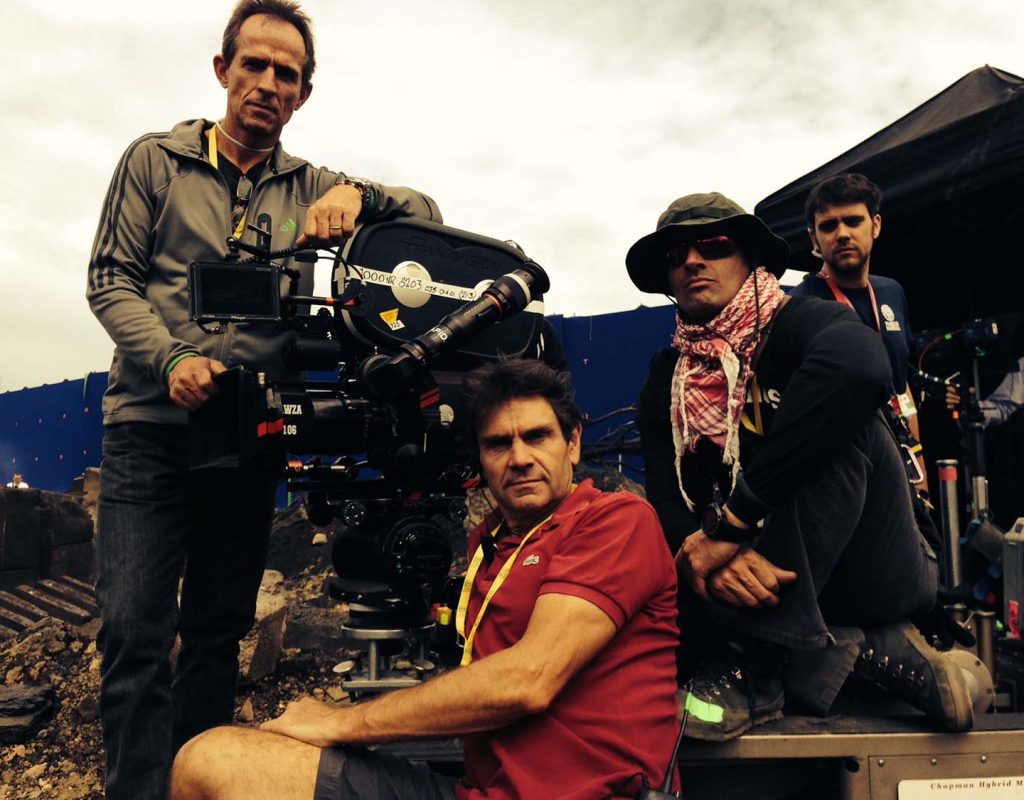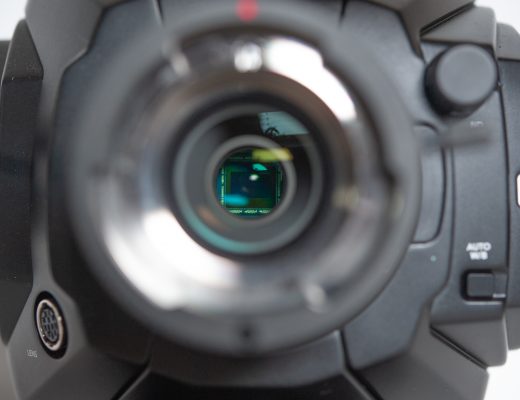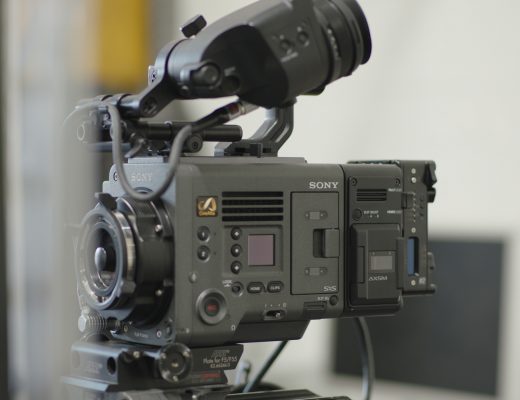Building good hardware is not a trivial undertaking. We’ve all seen it time and time again as new companies go through the throes of taking a great concept all the way through the many layers of design and development, to a final shipping product (unfortunately, not always in quantity). We saw this play out for Red Digital Cinema, with their months of revised shipping target dates and hardware changes. Sony dealt with it when they had to fix widespread lens issues shortly after the EX1 launch. Even the mighty Apple has faltered recently with the somewhat buggy launch of the iPhone 3G revision. I’ll say it again; building good hardware is not an easy task. Even while companies miss the mark, what’s is interesting to me is that rarely is the original idea a bad one. In this article I’d like to take a look at several recent product launches from “indie-centric” companies. I’ll also discuss the reservations and deposits business model, a practice that seems to be largely constrained to these small businesses. I’ll sometimes casually refer to this as the “Red-servations” model of business. Obviously the concept of taking reservations in advance wasn’t innovated by Red Digital Cinema, but they really put it on the map with the development of the Red One camera. Read on…
I should start by saying that when these small indie companies get it right, the final shipping product is often a work of art and artful engineering. In most cases these products fill a niche that previously had no affordable solution. But often the time to bring that product to market is months (or years). And this long development cycle seems to be exacerbated by the current trend of taking reservations well in advance, and moreso by hyping a product that doesn’t yet exist outside of the design phase.
Let’s take a few moments and consider Redrock Micro’s launch of the microMattebox product. I’ve chosen Redrock as an example not to pick on them, but because the finished product in question is a fantastic one, and arguably worth the wait. Nevertheless, let’s deconstruct the development cycle of the microMattebox. The product was initially announced prior to NAB 2007, in fact FreshDV had one of the first interviews with Redrock’s Brian Valente on the topic. At the NAB expo a few months later Redrock showed off a rapid-prototype’d plastic mockup. The design was compelling, and the projected price point and specs sounded great. Later in the fall of that year, the company announced that they would be taking reservations and that those on the list would get the shipping product in a first-come-first served model. As you can imagine, this created quite a buzz in the online community. In November of 2007, Redrock announced that shipments of the mattebox to reservation holders were “targeted for delivery in late December” (of 2007), with general order shipments to be available “in the January/February timeframe.” At this time they also required a small deposit to retain a place in the reservations list. Geeks everywhere wet their collective pants and giggled like schoolgirls (well I did anyway).
Cut to months later at NAB 2008, and Redrock showed off what appeared to be the final version of the mattebox, stating that reservation orders would begin shipping immediately, and general orders within 60 days. Following NAB 2008, Redrock took the advice and feedback from a few beta testers and decided to re-engineer a few key facets of the design, resulting in an excellent final shipping product (at a brilliant price point). All this time, there were very few official announcements and updates provided. Near as I can figure, matteboxes did not begin shipping in quantity to reservation holders until sometime in July, and non-reservation orders didn’t begin shipping until after August 8 (this date per a Redrock announcement). That “general availability” date is nearly a year after the reservations were first opened, and a good 18 months from the initial product announcement. You can imagine the frustration that some users have vented at this long development cycle, particularly since so many deadlines were slipped in the process. The good news is that Redrock appears to have brought a brilliant product to market. While FreshDV has not tested the unit to date, most of the user reports we are hearing are very positive. Even with a protracted development schedule, it appears that Redrock Micro listened to the needs of the community, and delivered an affordable and feature-rich solution to filmmakers.
So why my beef with lead times and long-term reservations? Read on and I’ll explain…
So why my beef with lead times and long-term reservations? It’s a great product, so “all’s well that ends well,” right? I suppose that’s fair to a certain extent. However, I believe that the issue here is related to when indie gear companies announce a product prematurely, and specifically when reservations are taken in advance. I would argue that when you go the advance reservations route, you risk alienating the very people you are depending on to purchase your product. It’s clearly human nature for people to wish for the best and have unrealistic expectations, so when you take reservations for a product that is still very much in development, you have provided your userbase a nail to hang their unrealistic expectations on. And the benefits (advance hype, viral/word-of-mouth marketing, presales) may be quickly outpaced by the risks (distrust, brand badmouthing, and pre-order cancellations). What pains me the most is when a reservation holder puts their next filmmaking project on hold pending the release of whatever camera or tool they desperately want for that production. I’ve counseled a number of independent filmmakers to NEVER postpone their projects for gear in development. But many do. As they say, hope springs eternal.
The latest bump in the long road of companies who conduct business this way is small outfit called Birger Engineering. Before Jim Jannard even announced he would build the Red One camera, Birger was working on an intelligent lens mount system for 35mm adapter users. The idea was that it would interface with Canon EOS lenses and electronically control focus and iris. It’s a brilliant idea! They had various versions built, and I believe even sold a few early models. Then Red came along, and in April 2007 Birger announced they would refocus and develop a third-party EOS intelligent mount for the Red One camera. What followed was the typical cycle of early hype, delays in design and manufacturing, constant revisions, etc. Ship dates were announced for the fall of 2007, reservations were taken in advance, and most recently existing reservation holders paid their final balance in August of 2008. Tracking the 3000+ post Birger thread at Reduser, it seems that the first few units are now being shipped out. So a year after announced ship dates and 16 months after the initial product announcement, Birger is on the cusp of delivering the mount to Red users. But it’s too late for many who have either lost faith or cannot afford to wait any longer for a lens mount solution. And just think of those who may have shelved a project while waiting for this solution! For an excellent example of this, I’d recommend reading this post over at Indie4K. They eloquently lay out the reasons that turned them from full-on Birger supporters to canceling their reservation.
It can be argued that the value in these new business models and open-ended development cycles is that of allowing end users the opportunity to be involved in the process. Certainly, Red seems to espouse this philosophy. But the question is, is this really a community-driven dev process, or just the mere illusion of involvement? While community involvement appears a good model on the surface, I have wondered if companies aren’t just filtering the input down to those they really want to hear from anyways, the valuable beta testers. It is very important to note that these power users would be polled anyway by a smart company. These users would have some of the very first beta versions, and be providing valuable feedback on the design and feature set. So is it good to have open development cycle? I would argue that if it is truly open, then yes there is value there. However, the reservation model is something I have an issue with. I think the real reason for the reservations model is that companies are basically floating reservations to beta testers to provide venture capital for a project. And that feels like a injustice to the end user. Who is, ironically, complicit with the whole arrangement.
So why do we end users tolerate this approach to doing business? Kendal Miller, my associate at FreshDV, has taken to calling this phenomenon “The Cíbola Complex.” Cíbola was the famed city of gold that early explorers willingly sacrificed their lives trying to find. Too often it seems that we independent-minded filmmakers with tight wallets and big ideas tolerate uncommon business models due to the promise of the next greatest piece of gear at the lowest price. Of course we all want the latest and greatest gear, and the promise of the Technical Cibola is too much for us. We need it now! I personally feel that the current reservation models being used in many instances are unfair to filmmakers and should be re-evaluated. If the true desire is a way to get feedback from end users and companies really do wish to open a transparent development process, then I argue that we need a better way to do it. And in my humble opinion, money should only be collected when an actual shipping product exists. I sincerely hope that in the coming months and years that we’ll see a lot less advance hype and a lot more brilliant surprises from the great minds of indie gear companies.

Filmtools
Filmmakers go-to destination for pre-production, production & post production equipment!
Shop Now













